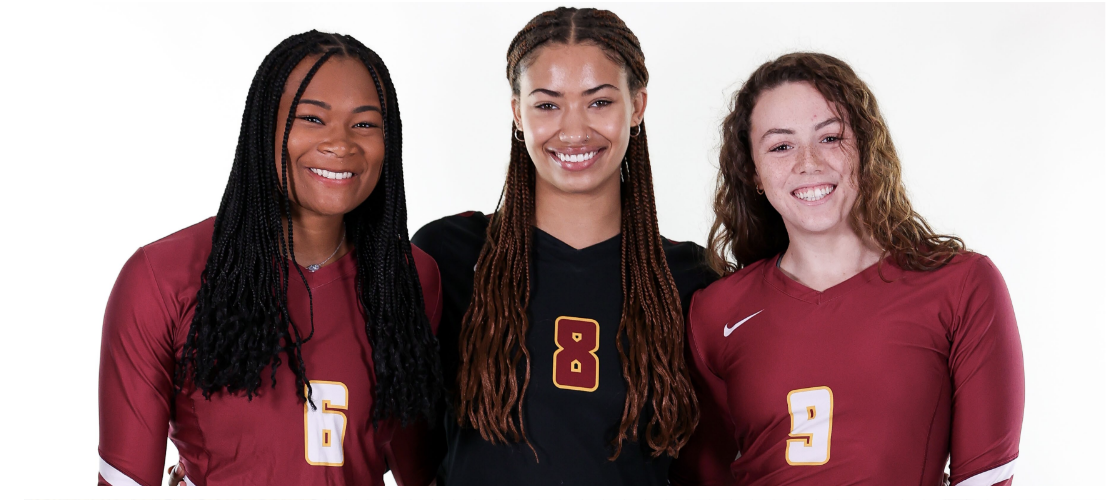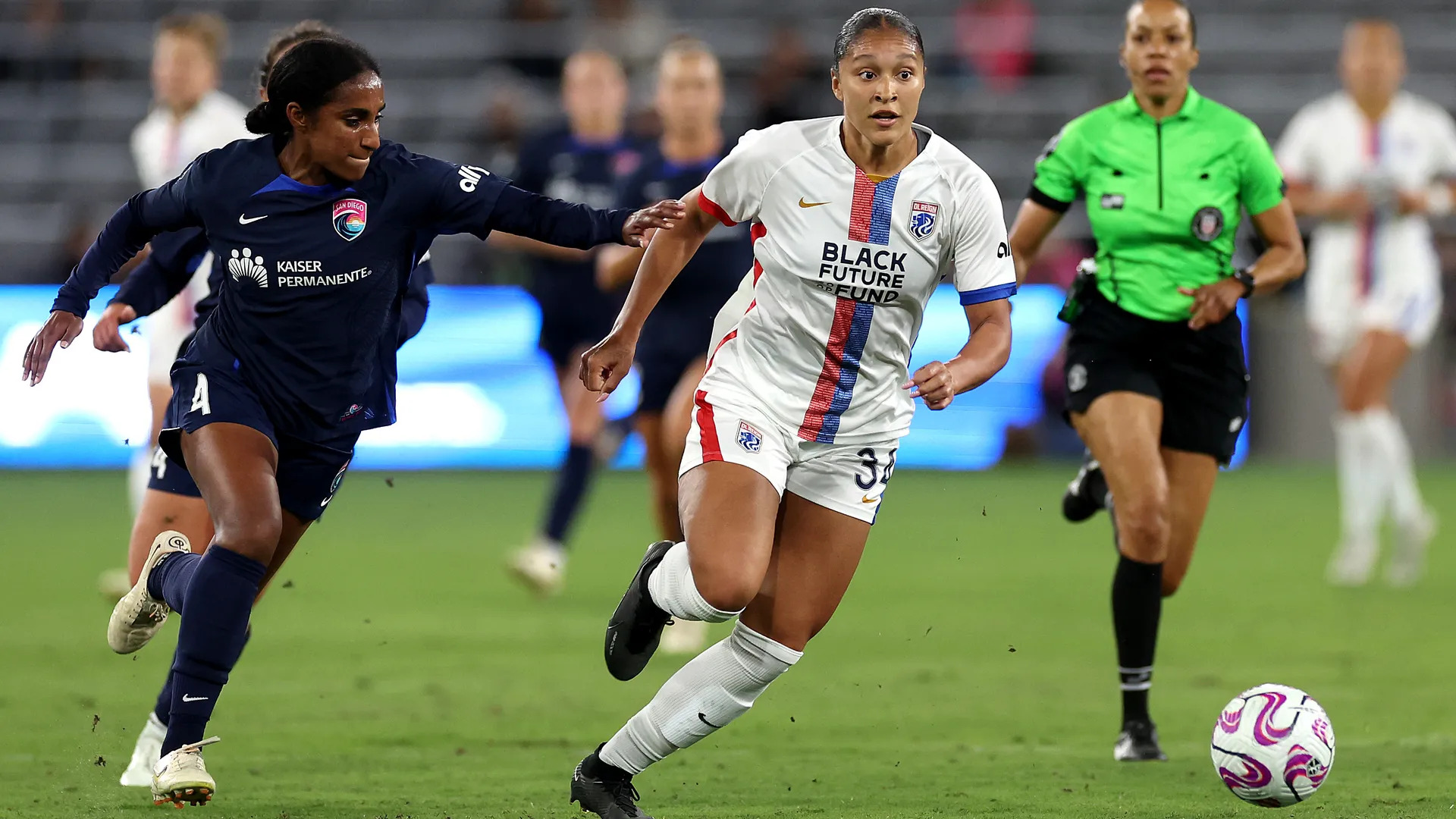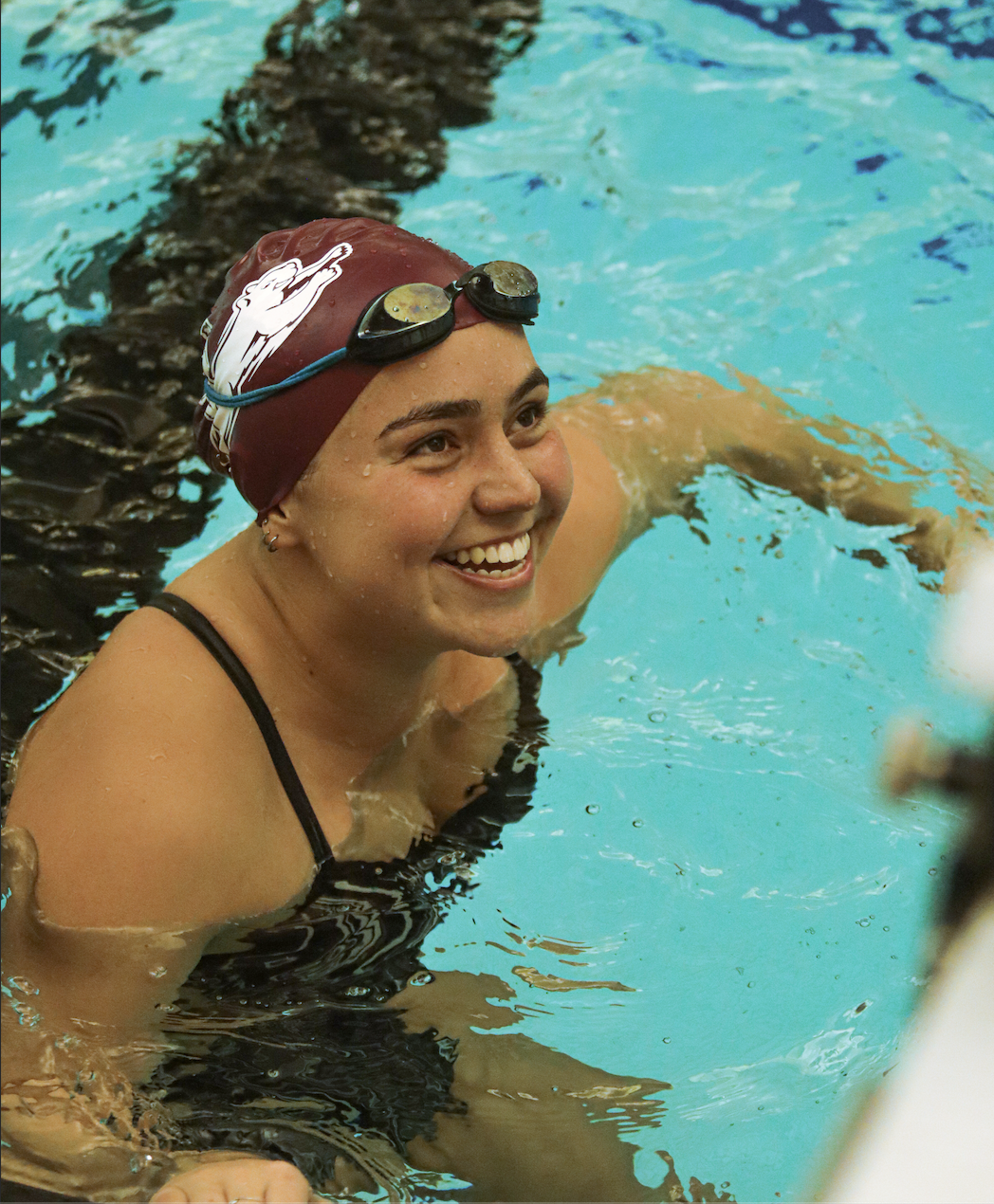Caster Semenya Case Highlights Barriers Facing Intersex Athletes
Every year, there are several sporting events or stories that dominate social media platforms for a few days or, in some cases, weeks. This year, we’ve seen the internet flooded with news ranging from Tiger Woods’ Masters win and the New England Patriots’ historic Super Bowl LII title to the voices of NBA players after the death of Los Angeles rapper Nipsey Hussle. Recently, the debate surrounding South African Olympian Caster Semenya has brought track to national attention. Semenya is a middle-distance track runner born with intersex traits, and on May 1 the Court of Arbitration for Sport ruled she must take hormone suppressants if she wishes to continue competing.
The two-time Olympian is a massive star in South Africa and was presented one of the most illustrious awards in South Africa, the Order of Ikhamanga, by President Jacob Zuma in 2014. President Zuma has said that Semenya makes “running look like poetry in motion.”
Despite the support in her home country, the rest of the world has been consistently critical of Semenya. In 2009, she was forced to undergo invasive sex testing after winning the 800-meter event at the World Track and Field Championships in Berlin. The International Association of Athletics Federations, which called for the tests, stated that this was prompted by perceived ambiguity of her sex, based on her “deep voice, muscular build, and rapid improvement in times.” Semenya’s private medical information was ultimately leaked to the press, revealing that she was born with intersex traits, which in her case means naturally higher levels of testosterone production in her body than is considered “normal” for a cisgender woman.
On May 1, the CAS admitted to discriminating against Semenya even while delivering their controversial verdict that she would need to take testosterone suppressants to compete in women’s track. Critics of CAS, however, have long been voicing concerns about the discriminatory and racist way in which the matter has been handled. Behind these rulings are Eurocentric norms dictating what women’s bodies “should” look like and how they should perform.
When asked if she intended to begin following guidelines on hormone suppressants, Semenya responded, “Hell no.” Though she hasn’t formally appealed this CAS ruling, it seems likely, given her history of challenging the restrictions imposed on her. Semenya’s lawyers recently released a statement declaring that “her unique genetic gift should be celebrated, not regulated.”
Her lawyer’s words get to the core of the issue: Does Semenya’s un-supplemented testosterone level really constitute an unfair advantage when competing against other women?
Research on the effects of endogenous testosterone in female athletes often limited in scope and rife with methodological flaws. Conclusions drawn distort and even contradict data, relying on faulty reasoning based in gender stereotypes. The IAAF, for example, conducted a study on this after the Semenya case was first brought to light in 2009. Though yielding results that suggest there is a relationship between testosterone and athleticism, the IAAF research has been widely critiqued. And even if data suggest that naturally elevated testosterone does provide an advantage, whether that is “unfair” is a totally different question.
It should also be acknowledged that Semenya, as a gay Black woman with huge success and global attention, is subject to a level of scrutiny that most athletes are not. These laws instilled by CAS and the IAAF have singled her out due to the way her identities intersect and challenge narrow conceptions of womanhood. Through their handling of this case, the CAS, IAAF and international media outlets have reduced Semenya to gross stereotypes, making her out to be “too masculine” and thus jeopardizing the integrity of women’s sports.
The way Semenya’s story has been portrayed by numerous sources, both directly and indirectly involved with the court case, has falsely led some to believe she is transgender. Of course, transgender athletes also have difficulty navigating the gender-binary world of professional sports, as they are subjected to similar policing of their bodies and abilities — this should not be ignored. But the conflation of these issues show how little some of Semenya’s critics actually understand the nature of anatomical and physiological diversity, and how readily they ignore the fact that Semenya was assigned female at birth and identifies as such.
Semenya and the rest of the world are being told by the CAS that her inclusion threatens the impartiality of women’s athletics due to her so-called “genetic advantage.”
At this point, it is important to note that there are many Olympic athletes who have “genetic advantages” that have only been praised. The most successful Olympian to have ever lived, United States swimmer Michael Phelps, produces about half the lactic acid that his average competitor does, in addition to having other physical quirks — such as his enormous arm span — that are physically rare and advantageous. This means that, while swimming, he can keep muscle fatigue at bay for much longer than is generally normal in human beings. Similarly, small statures are suited to gymnastics. Fellow United States Olympian Simone Biles is a full-grown adult at just 4-foot-8-inches tall, meaning she is shorter than 99.75 percent of American adult women. For comparison, 5–10 percent of adults assigned female at birth experience hyperandrogenism, the same condition that Semenya has.
Given the vast diversity of human biological traits, why is it that intersex conditions are treated as “unfair” when other statistically low features are not? If there are so many kinds of genetic quirks may assist athletes in their respective sports, what is really the problem?
In an article written for The Guardian, former professional Australian middle-distance runner Madeleine Pape, who lost to Semenya in Berlin and has since become a sociologist, articulated the heart of the issue perfectly.
“As a sociologist, I have now spent several years immersed in this issue,” Pape wrote. “I have seen so many echoes of my own experience in Berlin: an astounding lack of information, an absence of alternative viewpoints, a fear of the unknown, weak leadership from national and international governing bodies, and a stubborn refusal to dig a little deeper and reflect critically on where their views come from and what biases might be underlying them.”
It is important to keep this conversation going so that the public can begin to understand what is wrong with the depiction of the issue — that is, that Semenya’s case is not to “protect” women’s sports, but is rather to suppress the success of a Black, intersex, lesbian woman on the grandest of scales. Although it is easy to get lost in the individual nuances and labels applied to this debate, the reality that Semenya is a human being, just like everyone else, should not be forgotten.







